November: Wine
November 01, 2024
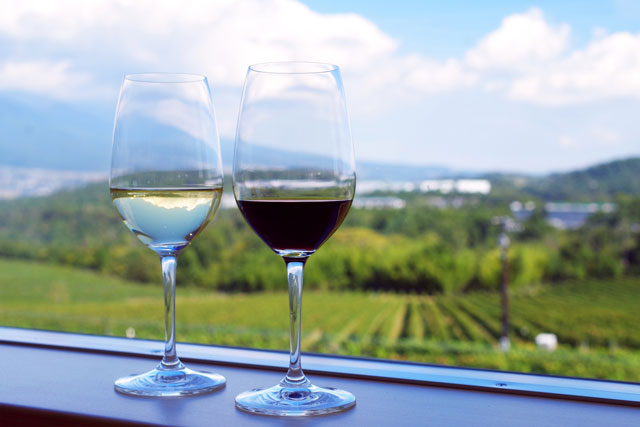
Wine
An international drink with cultural connections to Italy, France and Spain among others, wine is a longstanding way to wind down after a stressful day. As far back as 6,000 BCE, wine was being produced from grapes in Georgea and it has since taken on religious and cultural significance across the world.
Classically made using fermented Vitis vinifera grapes, wine can be made using alternative fruits, but will usually bear their names, for example, a strawberry or pear wine. Day to day, however, varieties of wine are divided into reds, whites and rosés along with sparkling wines. Wine connoisseurs choose from their favorite regions and sommeliers pair the earthy, fruity, bold or light flavors with meals for a complimentary combination.
While the intricacies of the wine-making process vary from region to region, the journey from grape to glass remains largely the same. Grapes are grown and harvested before being stemmed and crushed, which is now more commonly done with machines rather than by foot. Once the juice is separated from the skin and seeds in a press, it is allowed to ferment, with yeast turning sugar into alcohol. The resulting wine is clarified and aged, often in wooden barrels, with some of the flavor imparted into the wine itself. Finally, it is bottled and ready for consumption, with prices ranging from a few dollars to thousands per bottle.
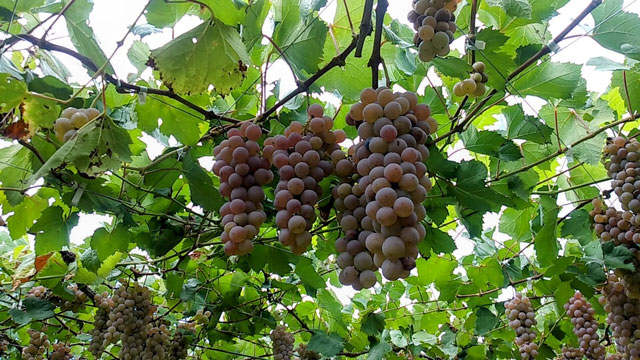
Koshu grapes, Yamanashi
In Japan, there is one region that springs to mind when wine is mentioned: Yamanashi. A beautiful rural prefecture boasting views of Mt. Fuji, incredible hot springs and thriving fruit orchards, it’s known as the nation’s very own Wine Country. The production of wine, also known as viticulture, began in the 19th century in Yamanashi’s Katsunuma area. The indigenous Koshu grape variety gives local Yamanashi wines a unique flavor profile balancing sweetness and acidity to create a delicate and refreshing taste. There are now approximately 80 wineries in Yamanashi, with special wine events held and multiple wineries opening their door to visitors for tastings and tours, particularly during the seasonal Winetourism® Yamanashi events.
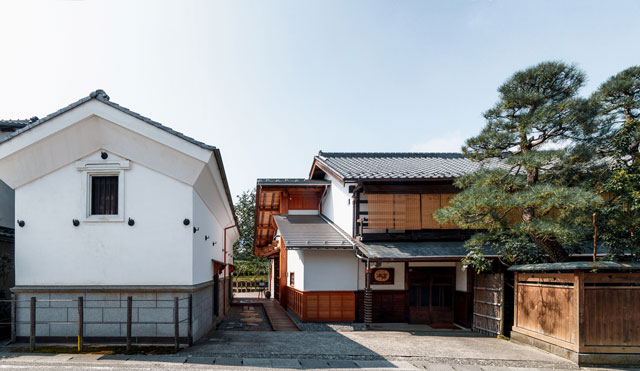
Katsunuma Jozo’s head office and winery (Katsunuma Jozo Co., Ltd.)(Google Maps)
One such winery is Katsunuma Jozo Co., Ltd. in the Koshu Valley. Once a silk yarn business, the merchant’s house was transformed 80 years ago when the owner ventured into wine-making and was soon converted. Today, as the first winery to introduce Koshu brand wine to the global market, it is run by the third generation of winemakers, with a focus on world-class wine production using only Japanese grapes, particularly Koshu and Muscat Bailey A varieties.
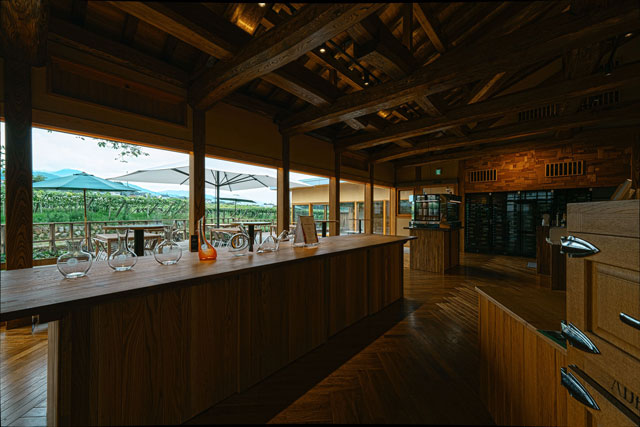
Shop and tasting terrace (Katsunuma Jozo Co., Ltd.)
Whether it’s a day trip, a long weekend or an extended stay, Yamanashi compliments its local wineries with stunning natural beauty and relaxing hot springs for the perfect escape. Isawa Onsen is only a short drive from many local wineries in Katsunuma and is known for its cherry blossom-lined waterways and numerous natural hot spring baths. Meanwhile in Kofu, the nearby Shosen-kyo Gorge is a stunning hiking spot with waterfalls, incredible rock formations and beautiful autumn leaves.
While the region prides itself on fresh fruit, there are plenty of delicious dishes to enhance a glass of wine after a long day of exploring. In colder months, the local specialty of Hoto features flat noodles in a hearty broth served straight from the pot, while Koshu Wine Beef offers a chance to try beef raised on winery grapes, lending the meat a sweet, soft flavor unlike anything else. To finish, Shingen Mochi is a sweet treat of soft rice-cake covered in brown sugar and soybean flour—perfectly light and delicious.
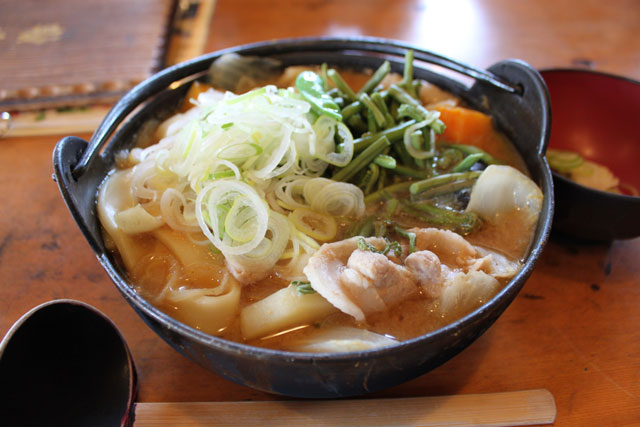
Hoto noodle
For more details, contact DMC Japan to discuss ideas, locations and rates.
Contact Us


